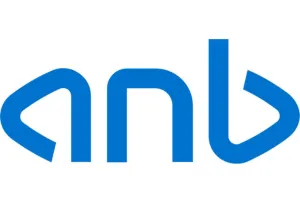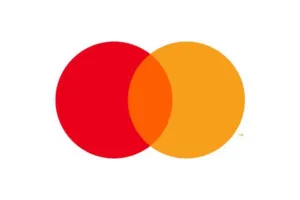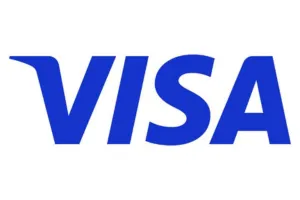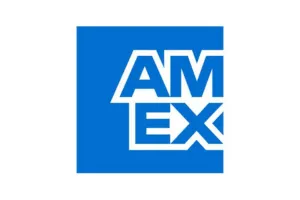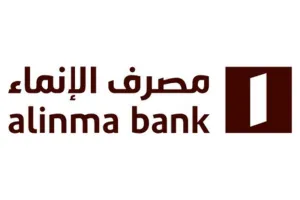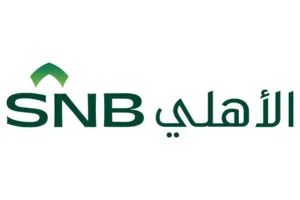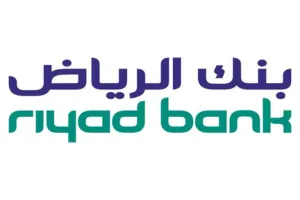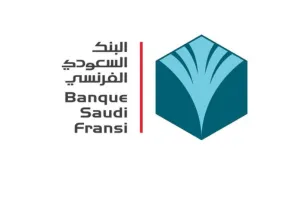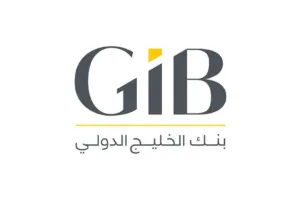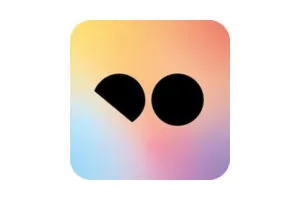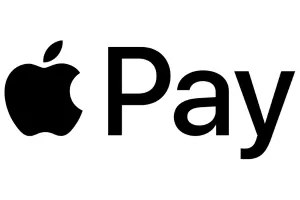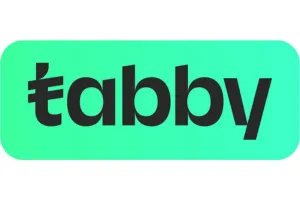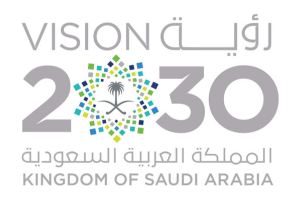Feasibility Study for a Glass Container Factory in the Northern Borders
Feasibility Study for a Glass Container Factory in the Northern Borders
Feasibility Study for a Glass Container Factory in the Northern Borders: The project aims to establish a factory specializing in the production of glass containers of various sizes and shapes, used for packaging beverages, food products, and medicines. The factory is located in the Northern Borders, providing a competitive advantage in terms of proximity to local and Gulf markets, in addition to ease of export. The project focuses on producing high-quality glass containers using modern technologies that ensure durability and transparency, while providing customized solutions tailored to the needs of customers in various industrial sectors.
The Glass Container Factory project is an integrated industrial facility that aims to produce and manufacture glass containers of various sizes, shapes, and uses, with a focus on:
Producing bottles and jars used in the food and beverage industries.
Producing medical and cosmetic packaging in accordance with international health standards.
Producing glass containers resistant to heat and chemical reactions, making them ideal for medicines and pharmaceutical products.
Manufacturing glass containers with custom designs to meet the requirements of various customers.
The factory is located in the Northern Borders, where raw materials such as high-quality silica sand are readily available, contributing to reduced production costs and achieving a competitive advantage in the market.
Study Content
Target Products
Target Products
The factory offers a wide range of glass products, including:
1. Glass containers for beverages:
Mineral water, juice, and soft drink bottles.
Hot beverage bottles such as coffee and tea.
Liquid and wine bottles.
2. Glass containers for food products:
Jam, honey, and sauce jars.
Pickle and canned food containers.
Olive oil and vegetable oil bottles.
3. Glass containers for pharmaceuticals and medical preparations:
Liquid medicine containers and medical solutions.
Essential oil and nutritional supplement containers.
Eye drop and syringe bottles.
4. Glass containers for cosmetics and perfumes:
Perfume and cologne bottles.
Skin cream and cosmetic containers.
Serum and natural oil containers.
The factory offers flexibility in design and production, enabling it to meet diverse market needs by customizing products according to customer requirements.
Demand and Market Analysis
Demand and Market Analysis
First: The Domestic Market
The need for glass containers is growing with the growth of the food, beverage, and pharmaceutical industries in the Kingdom.
The Saudi government supports industrial projects and promotes the use of recyclable materials, making glass an ideal choice.
There is significant demand from local factories requiring high-quality glass containers at competitive prices.
Second: The Gulf and Regional Market
The Gulf countries are experiencing rapid growth in the food, cosmetic, and pharmaceutical industries, creating strong export opportunities.
The presence of a limited number of glass container factories in the region increases the project’s chances of success.
Environmental laws in European and Gulf countries are pushing companies to switch to glass containers instead of plastic.
Third: Global Demand
The global glass container market is valued at approximately $70 billion and is expected to grow at a rate of 5-6% annually.
The increasing reliance on glass in the luxury beverage, pharmaceutical, and cosmetic sectors is driving demand growth.
Project Investment Advantages
Project Investment Advantages
1. Strategic Location:
Proximity to raw materials (high-quality silica sand).
Ease of export to Gulf countries and global markets via Saudi ports.
2. Low Production Cost:
Availability of raw materials locally at competitive prices.
Use of energy-efficient production technologies.
3. Strong Government Support:
Industrial incentives such as customs exemptions and concessional financing.
Encouragement of investment in industrial sectors and exports.
4. Future Growth and Expansion Opportunities:
Possibility of adding new production lines to meet growing demand.
Possibility of expanding into new markets in the Middle East and Africa.
Financial Indicators
Financial Indicators
Total Investment: SAR 225 Million
Annual Production Capacity: 60,000 Tons
Return on Investment (ROI): 15-18%
Payback Period: 5 to 7 Years
Expected Net Profit: 10-12% Annually After Full Operation
Marketing and Sales Strategies
Marketing and Sales Strategies
Direct Marketing:
Contracting with food, beverage, pharmaceutical, and cosmetic companies
Providing competitive pricing to encourage customers to switch to glass
Regional and International Exporting:
Expanding into the Gulf, Middle East, and Europe
Providing glass containers with custom designs according to the requirements of different markets
Digital Marketing:
Developing a professional website to showcase products and supply services
Using digital advertising on social media platforms to attract customers
Participating in international and local exhibitions:
Promoting the brand through industrial exhibitions







